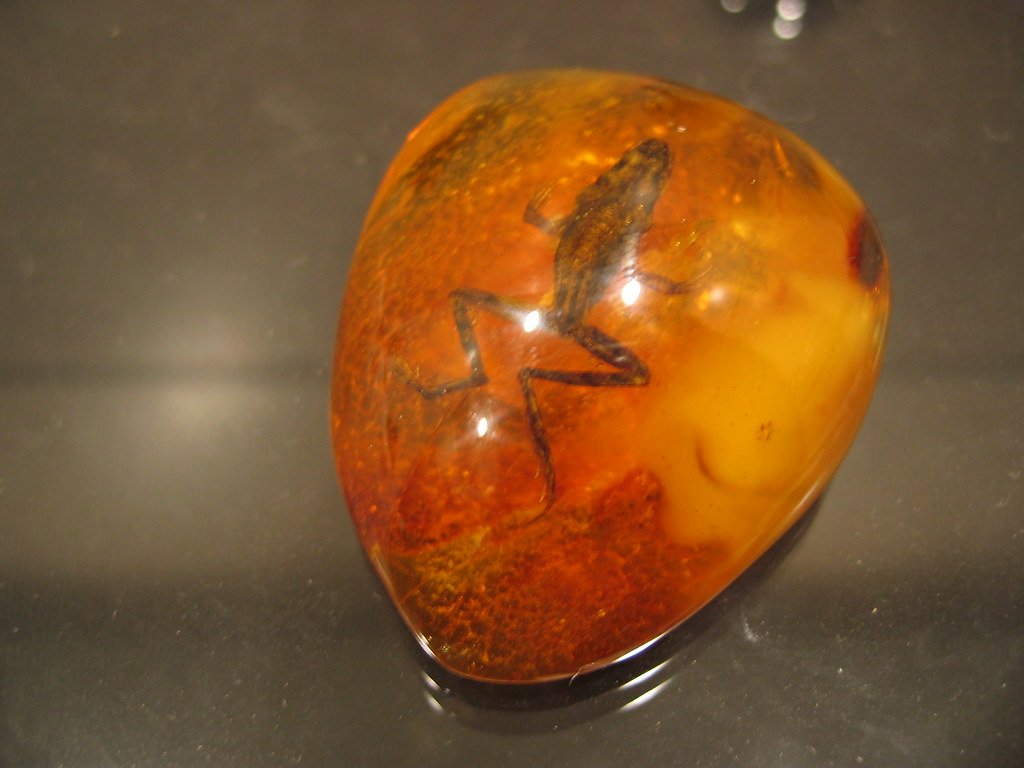You’ve probably done it countless times without giving it much thought. You’re lying on your back in the park, staring up at the sky, when suddenly a cloud transforms into your grandmother’s face or the profile of a majestic lion. Perhaps you’ve spotted a friendly expression on the front of a car or noticed what looks like a person waving at you from the knots in a tree trunk.
This fascinating quirk of human perception isn’t just your imagination running wild. It’s a genuine psychological phenomenon with deep roots in our biology and evolution. Welcome to the intriguing world where your brain turns random patterns into familiar faces and shapes.
What Exactly Is This Mind-Bending Phenomenon

The scientific term for this experience is pareidolia, which comes from Greek words meaning “beside” and “image” or “form.” Pareidolia is a phenomenon wherein people perceive likenesses on random images – such as faces, animals, or objects on clouds and rock formations. Think of it as your brain’s relentless need to make sense of chaos by imposing familiar patterns where none actually exist.
Pareidolia is a specific but common type of apophenia, which is the broader tendency to perceive meaningful connections between unrelated things or ideas. This means your cloud-watching adventures are part of a larger pattern in human cognition. We’re constantly trying to connect dots that might not actually be connected.
The phenomenon isn’t limited to visual experiences either. The concept of pareidolia may extend to include hearing voices or music in random noise, such as that produced by air conditioners or by fans. You’ve probably experienced this audio version when you thought you heard someone calling your name in the hum of household appliances.
The Brain’s Face-Detection Superpowers
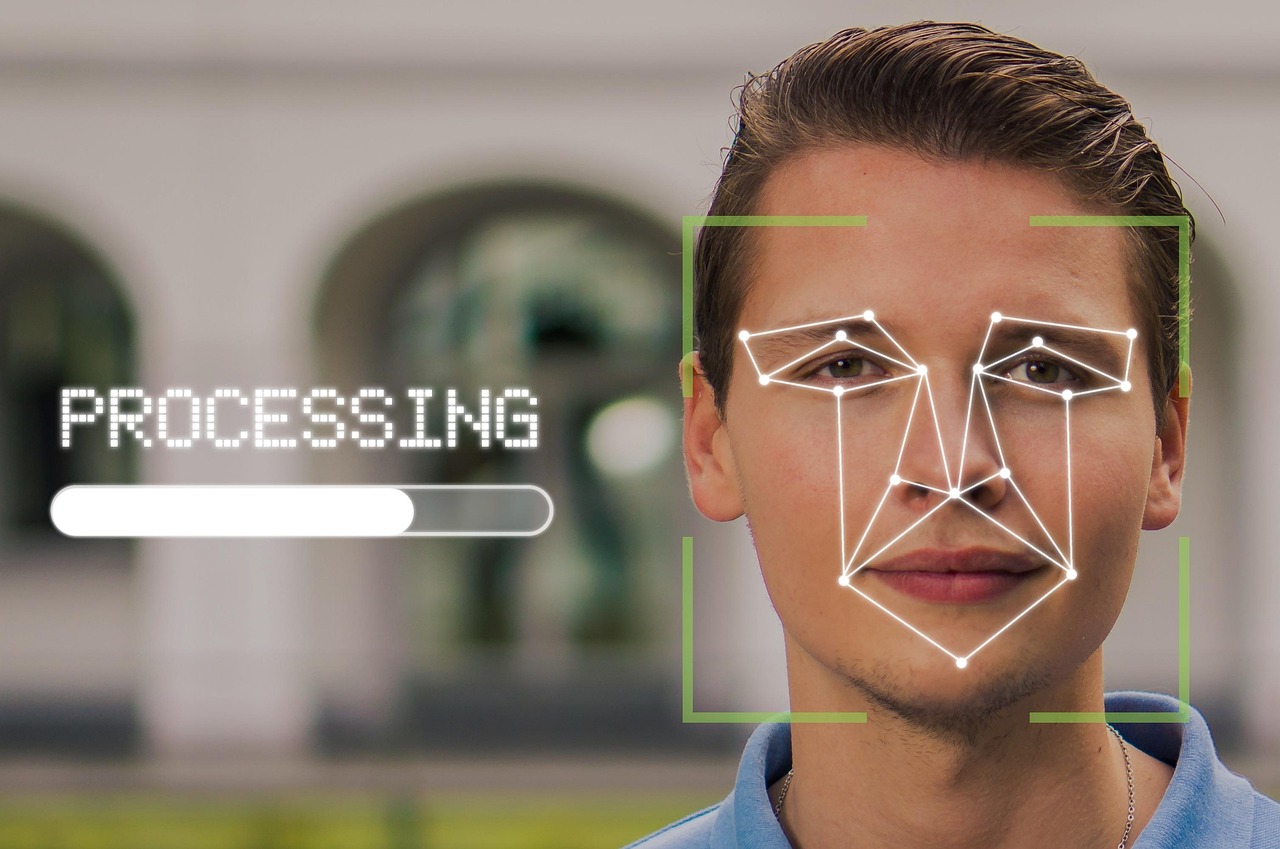
Your brain has developed some seriously impressive face-recognition technology that puts most computer systems to shame. Faces seem to have a whole region of the brain dedicated to recognizing them called the fusiform face area (FFA). This specialized neural real estate is like having a dedicated department in your brain that does nothing but scan the world for faces.
Face pareidolia is driven by the fact that humans are pattern-seeking creatures, and faces have high status in the brain’s semantic network. When you look up at those clouds, your FFA is working overtime, trying to match any arrangement of shapes to its internal face template. A 2009 magnetoencephalography study found that objects incidentally perceived as faces evoke an early 165-millisecond activation in the FFA, at a time and location similar to that evoked by faces.
The speed of this process is remarkable. When we see faces in a random pattern, this activates the same fusiform face area that responds to the sight of real faces, and within the same timeframe of approximately 170 milliseconds. This rapidity suggests that pareidolia isn’t a reinterpretation of what has been perceived, but is more akin to a genuine perceptual experience.
Why Our Ancestors Needed This Survival Skill
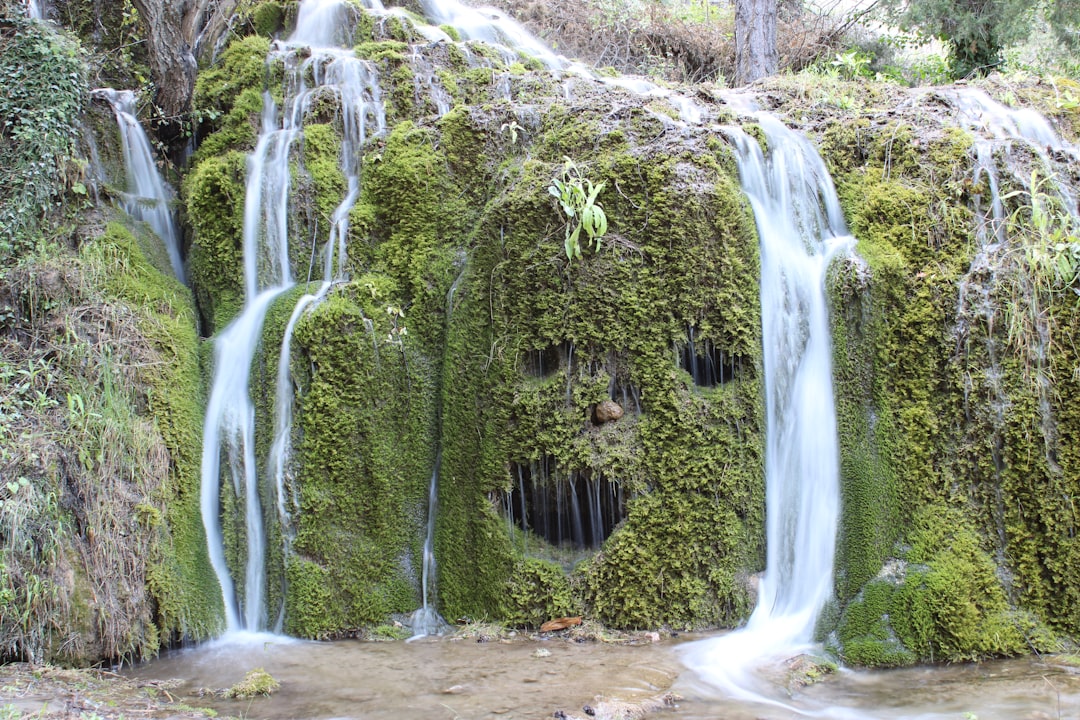
Your tendency to see faces everywhere isn’t just a quirky brain glitch. It is likely a consequence of the evolution of our visual system adapting to allow partial or obscured profiles of potential predators to be rapidly identified through the conferral of meaning, and hence to minimize risk. Imagine our prehistoric ancestors navigating a world filled with genuine threats lurking behind every bush and tree.
Christopher French of the British Psychological Society explains this with a classic example: “A Stone Age guy standing there, scratching his beard, wondering whether that rustling in the bushes really is a sabre-toothed tiger. You’re much more likely to survive if you assume it’s a sabre-toothed tiger and get the hell out of there – otherwise you may end up as lunch.”
Our ancestors who were better able to quickly distinguish friend from foe, or determine the emotional states behind faces, probably had a survival advantage. This hypervigilant face-detection system meant the difference between becoming lunch or living to see another day. Some researchers theorize that the ability is a holdover from ancient times when the ability to discern a threat was vital to survival, and others note that the ability to discern the human face is one of the earliest visual skills infants develop, helping infants react favorably with smiles and gestures that build emotional bonds.
The Emotional Side of Seeing Faces

When you spot a face in the clouds, you’re not just identifying shapes. We instinctively assign emotions and personalities to these face-like images, and we project how we feel onto the image as well. The use of the colon and closed parenthesis 🙂 is a good example of pareidolia, with the emotion of happiness ascribed to this emoji. Your brain doesn’t just recognize faces; it immediately starts reading their supposed emotional states.
This may be a consequence of, but certainly triggers, our empathetic response to visual stimuli. These psychological responses to pareidolic imagery are not limited to faces; animal-like pareidolia also elicits a response as if the person is viewing an animal in reality. Thus, pareidolia is not merely a visual phenomenon, but can elicit visceral emotional responses too.
The stickiness of these perceptions is particularly fascinating. Once a person “sees” a face or other familiar pattern in a particular object, it is difficult to not see it during subsequent viewings. The brain retains the information and continues to identify it when the object is encountered again. This is why that cloud formation you saw as Einstein yesterday will probably still look like Einstein tomorrow.
Gender Differences in Face-Spotting
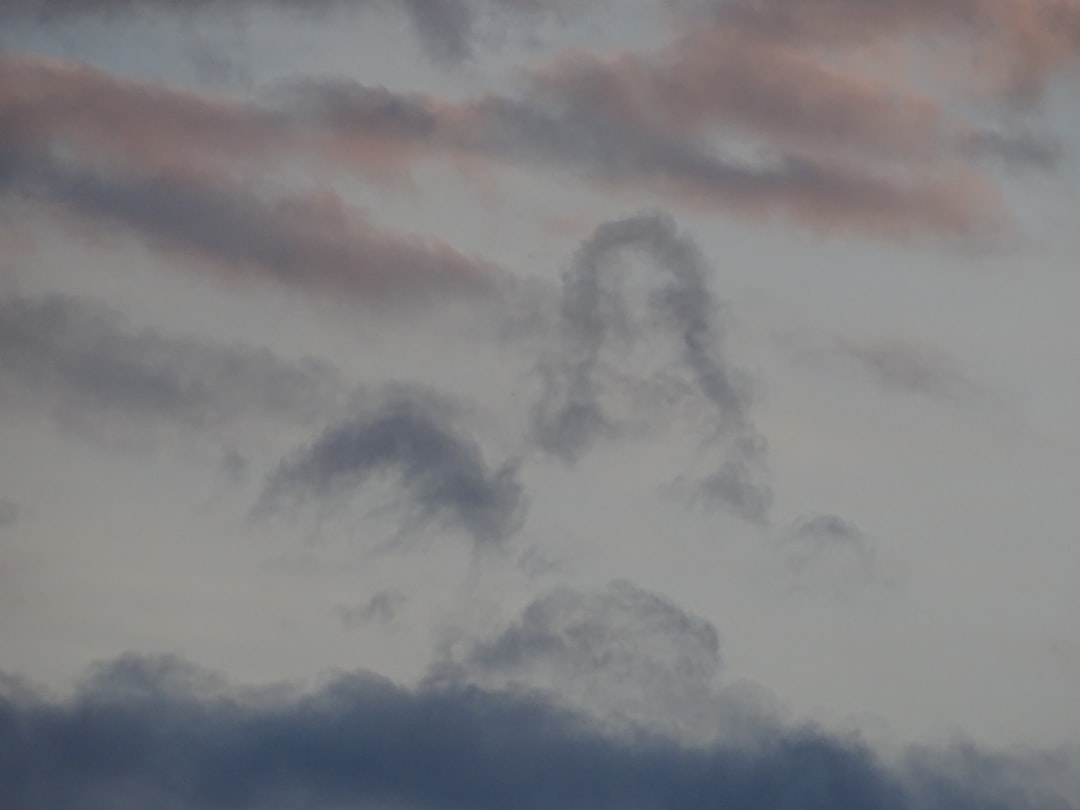
Interestingly, not everyone experiences pareidolia with the same intensity. Women seem to be more prone to seeing faces where there are none. This may be linked to the fact that they have a better ability to recognise emotions through deciphering facial expressions. This enhanced face-detection ability might reflect evolved differences in social cognition between males and females.
Studies show that neurotic people, and people in negative moods, are more likely to experience pareidolia. The reason for this seems to be that these people are on higher alert for danger, so are more likely to spot something that isn’t there. It’s as if your brain’s threat-detection system gets turned up to eleven when you’re feeling anxious or stressed.
Research has also revealed some intriguing patterns in how we process these face-like images. Face impression was substantially impeded by display inversion, and whereas with upright display orientation no gender differences were found, with inversion Face-n-Thing images elicited face impression in females significantly more often. This suggests that women’s brains might be more persistent in finding faces even under challenging viewing conditions.
Pareidolia as a Creativity Booster
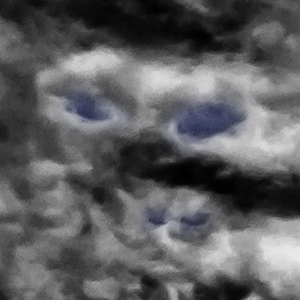
Far from being a mere curiosity, your cloud-gazing face-spotting sessions might actually be making you more creative. Researchers in Germany recently showed that a greater tendency to see meaningful images in naturally occurring scenes was associated with superior performance on tests of creativity, such as coming up with novel uses for everyday objects. Leonardo da Vinci understood this connection centuries ago.
Leonardo da Vinci was the first to discuss pareidolia in this context, writing in his diary that if you look at walls spotted with various stains, you will be able to see a resemblance to various different landscapes adorned with mountains, rivers, rocks, trees, plains, wide valleys, and groups of hills. You will also be able to see divers combats and figures in quick movement, and strange expressions of faces, and outlandish costumes.
Susan Magsamen from Johns Hopkins suggests that “pareidolia may enhance focus, mood, creativity, imagination, and agility in problem-solving because you’re seeing things in a different way. We’re early days in this work, but it’s fascinating and there’s so much potential for these glimmers of perception.” Your brain’s pattern-seeking behavior might be one of the keys to unlocking innovative thinking and artistic inspiration.
Famous Examples That Captured the World’s Attention
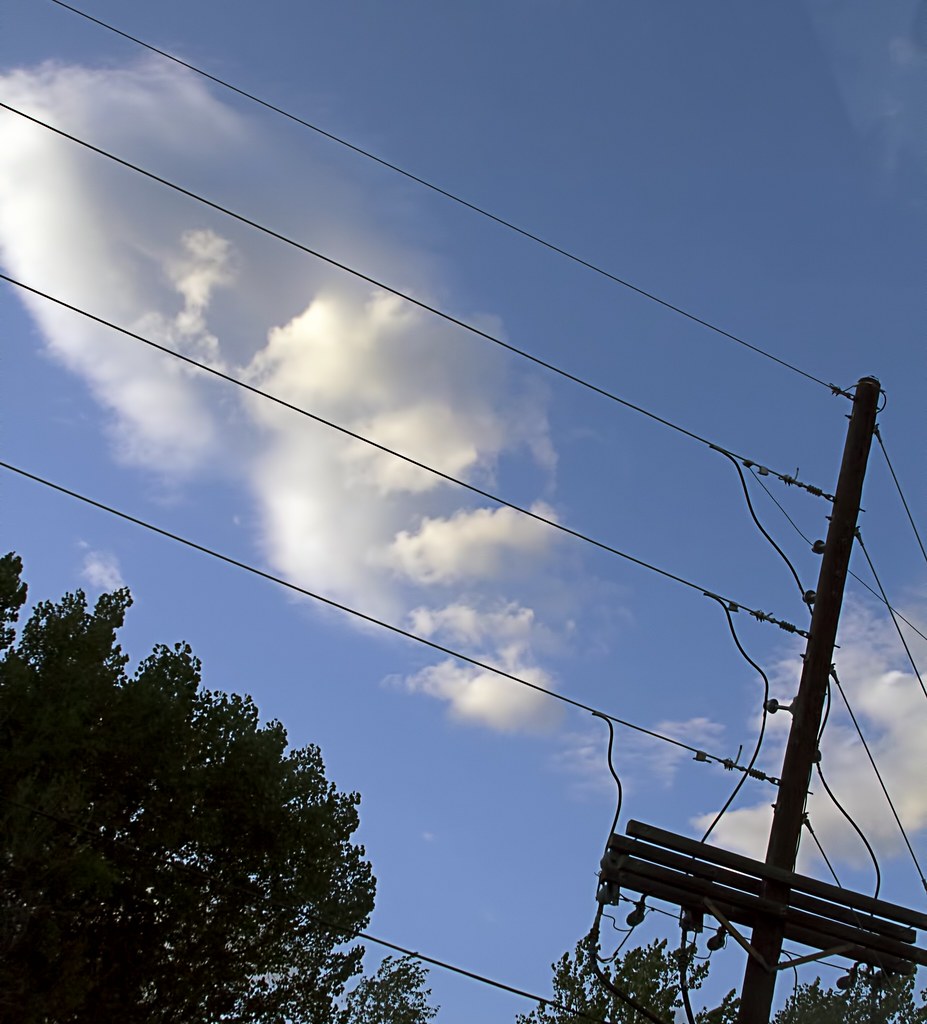
Throughout history, pareidolia has created some truly memorable moments. One of the most famous instances is the “face” some people see in a photograph of the surface of Mars captured by the Viking 1 orbiter in the 1970s. Later probes have determined that what appears to be a face from one angle is merely a formation of rocks. This Martian “face” sparked countless conspiracy theories and captured imaginations worldwide.
Religious pareidolia has generated particularly intense interest and even economic value. One famous instance was a grilled cheese sandwich with the face of the Virgin Mary, and in 2004, a customer on eBay spent $28,000 USD on this sandwich that appeared to have the Virgin Mary’s face in it! Many examples involve images of Jesus, the Virgin Mary, or other religious phenomena, leading believers to pay homage to these perceived divine appearances.
Even nature provides spectacular examples. Many rock formations exist that come to mimic recognizable forms through random processes of formation, weathering and erosion, from the Old Man of the Mountain (a face-like profile in a cliff) to Iztaccíhuatl, a mountain range in Mexico whose four individual snow-capped peaks depict the head, chest, knees and feet of a sleeping female when seen from east or west.
The Dark Side of Pattern Recognition
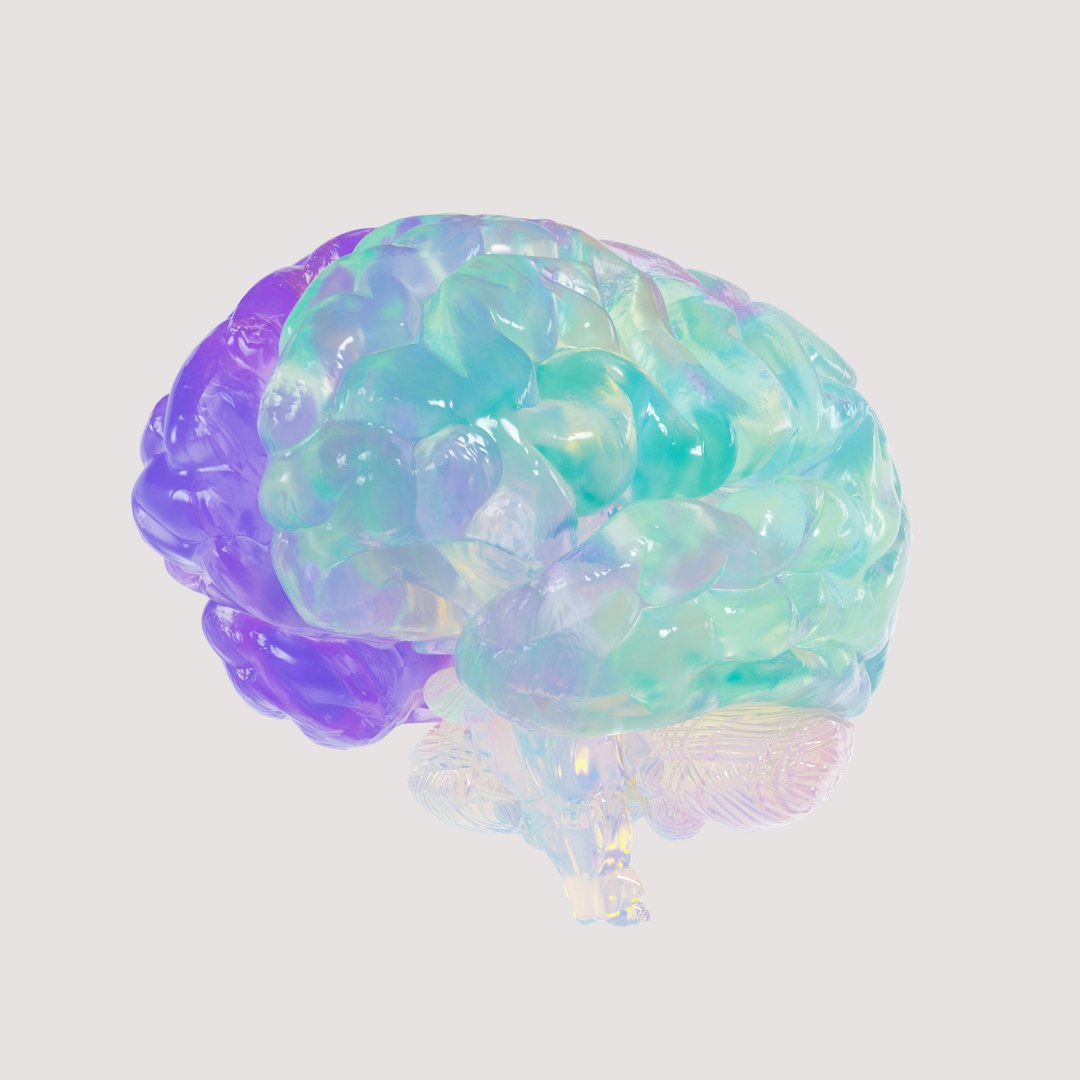
While pareidolia is generally harmless and often delightful, it can sometimes lead us astray. Extreme forms of pareidolia may be associated with psychological disorders or conditions marked by hyperactive pattern recognition. Some studies suggest that individuals experiencing hallucinations or psychosis might demonstrate heightened pareidolic responses, perceiving threats or faces in ambiguous stimuli at significantly increased rates.
Throughout history some psychologists have linked a tendency for pareidolia to madness or a lack of good judgment. More recently it’s been suggested that over-active pattern detection might make people vulnerable to conspiracy theories. When your brain becomes too eager to find patterns, you might start seeing conspiracies in coincidences or threats where none exist.
While usually harmless and fun, pareidolia can also influence superstition and false beliefs. Ghost hunters often interpret blurred images or static noise as proof of spirits. Conspiracy theories thrive on “finding” patterns in satellite images, photographs, or statistical data, linking closely to apophenia, the broader tendency to see connections in random data. The same mental process that helps you see friendly faces in clouds can sometimes convince others they’ve spotted evidence of supernatural phenomena.
Pareidolia in Modern Life and Technology
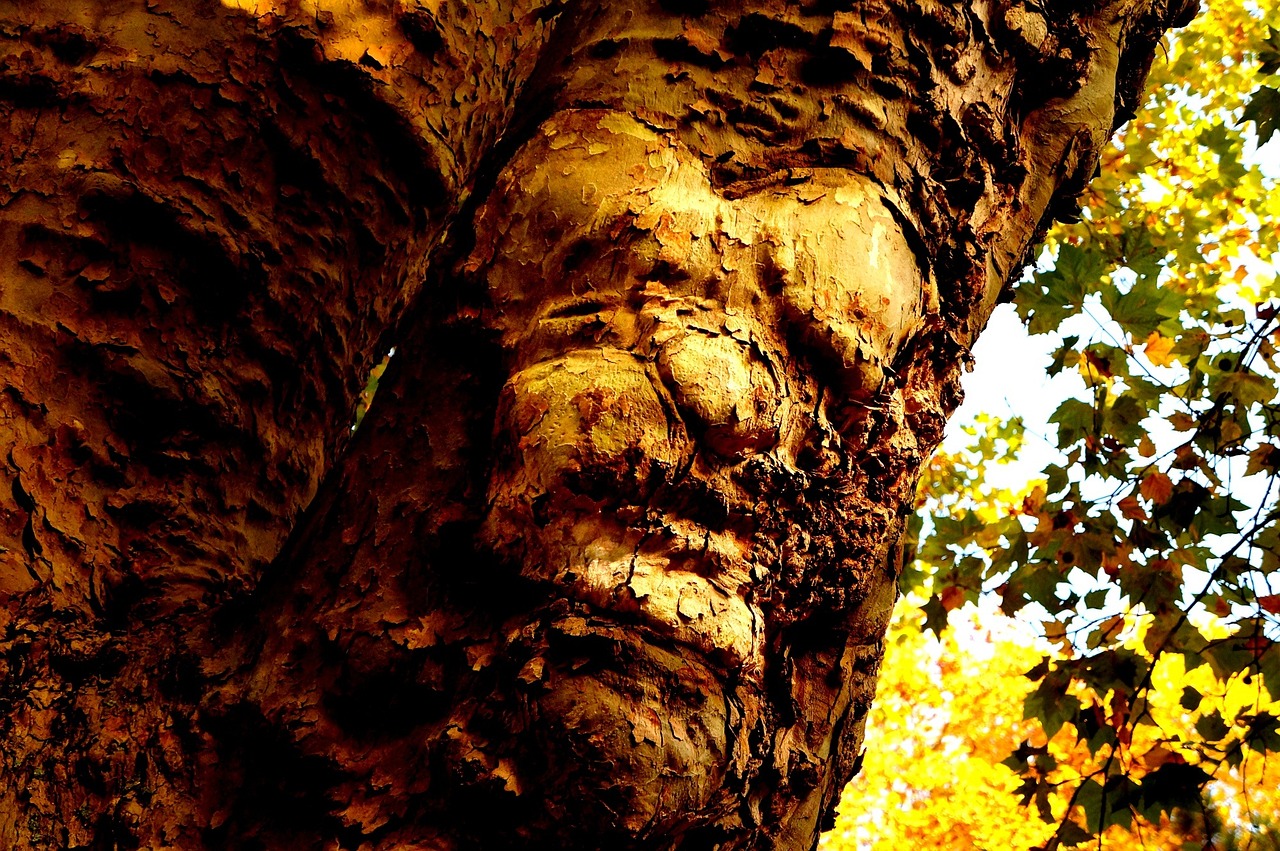
Today’s world offers endless opportunities for pareidolia experiences. Modern society continues to demonstrate fascination with pareidolia through viral internet phenomena. Social media platforms frequently showcase humorous or intriguing examples of pareidolia, reflecting a universal fascination with pattern recognition. Your Instagram feed is probably filled with photos of food items that look like faces or household objects that appear to be smiling.
Automotive designers often intentionally place headlights and grilles to evoke friendliness or aggression, making vehicles feel more “alive.” Artists and designers have long embraced pareidolia, with Leonardo da Vinci once advising artists to stare at stains on walls or clouds to find inspiration for landscapes and figures.
Even artificial intelligence experiences its own version of pareidolia. Pareidolia can occur in computer vision programs, where vague clues can spuriously detect images or features. In artificial neural networks, higher-level features correspond to more recognizable features, and enhancing these features brings out what the computer sees, notably in the DeepDream software, which falsely detects and then exaggerates features such as eyes and faces in any image. Your tendency to see faces everywhere is so fundamental that we’ve accidentally programmed it into our machines.
Conclusion
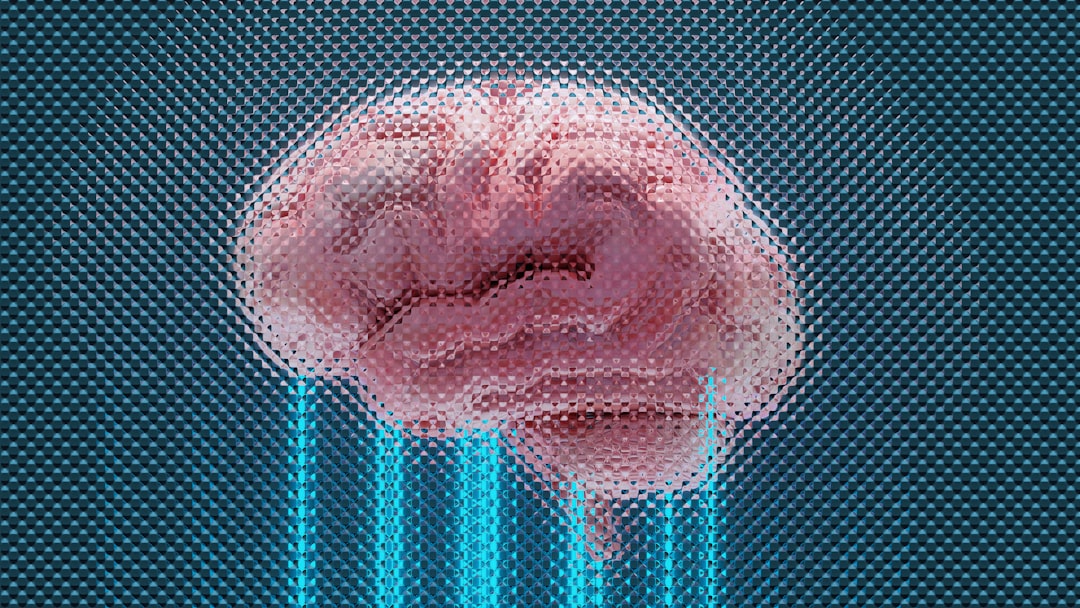
The next time you find yourself staring at clouds and spotting familiar faces, remember that you’re participating in one of humanity’s most ancient and essential cognitive processes. Pareidolia isn’t just a amusing quirk of perception; it’s a window into the remarkable ways your brain has evolved to navigate and make sense of the world around you.
From survival advantages that kept your ancestors alive to creativity boosts that fuel modern innovation, this face-spotting phenomenon reveals the incredible sophistication of human pattern recognition. Whether you’re seeing Jesus in your toast or Einstein in your ceiling tiles, you’re experiencing the same neural processes that have helped humans thrive for thousands of years. What do you think about it? Tell us in the comments.

Hi, I’m Andrew, and I come from India. Experienced content specialist with a passion for writing. My forte includes health and wellness, Travel, Animals, and Nature. A nature nomad, I am obsessed with mountains and love high-altitude trekking. I have been on several Himalayan treks in India including the Everest Base Camp in Nepal, a profound experience.


